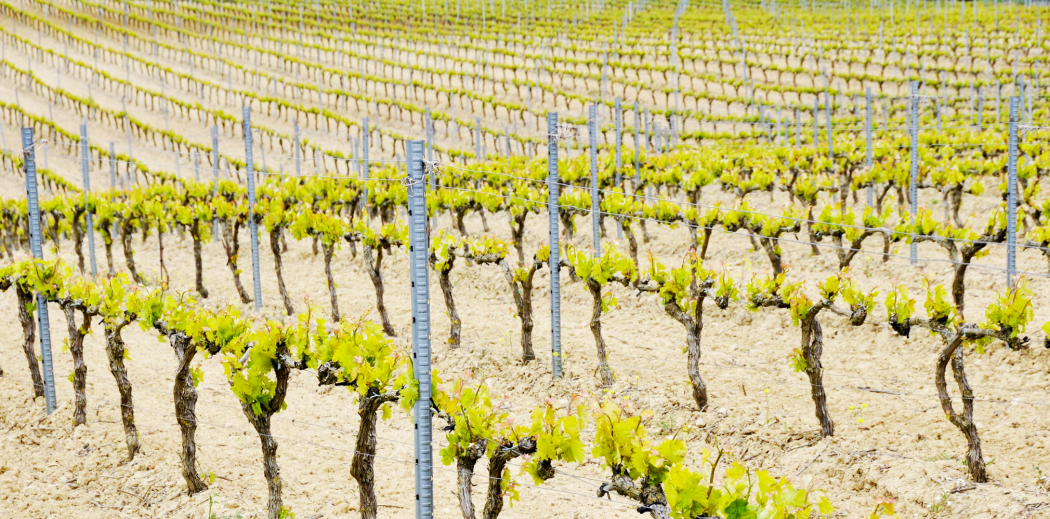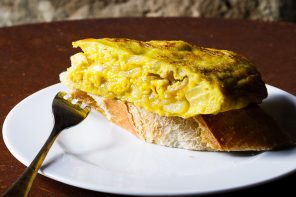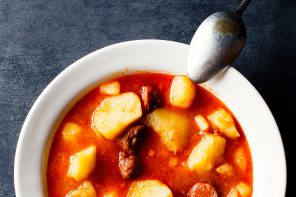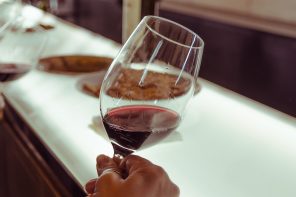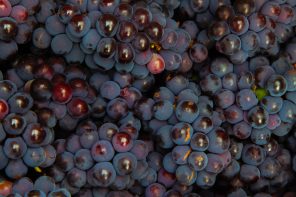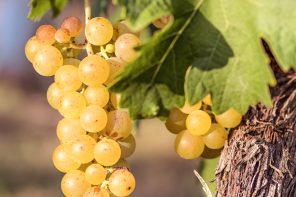The wines of the Basque Country are as wonderfully unique as Basque culture itself. Racy, mineral-driven wines with a piquant palate, they’re made from local varieties found nowhere else. Light and bright, distinctive and delicious, Basque wine is perfect with the phenomenal local cuisine, but also manages to translate well to a variety of international fare. But first, a little background.
The Basque region spans across the western end of Pyrenees, partly in Spain and partly in France. Yet it possesses a cultural identity separate from both countries, something that has led the region to be characterized by complex political and social goings-on in recent history. On the Spanish side of the border, the País Vasco (Spanish for Basque Country) is part of Green Spain which spans from Galicia in the northwest to where the Basque Country hits the French border in the east. The landscape is lush and green, thanks to plenty of rainfall courtesy of storm systems coming off the Atlantic Ocean.
Winemaking in the Pais Vasco is limited; production in the region is small thanks to the scourge of vintners everywhere, phylloxera. After the louse ravaged vines in the region during the second part of the 19th century, many didn’t bother to replant their vineyards. But what does remain is pretty outstanding and the wine that sets it apart is the signature local style: txakoli. Pronounced cha-koh-lee, it’s a spritzy, ultra dry, ultra high acid white wine that the Basque have produced since the Middle Ages. If ever there was a wine made for seafood, it’s txakoli and with the Basque Country’s proximity to the water, you can bet they know a thing or two about the fruits of the sea.
Although you’ll encounter red and the odd rosado, the majority of region’s wines are white. Native Hondarrabi Zuri is the dominant white grape and makes citrusy, floral wines with a hefty dose of minerality and just a touch of fresh herbs. Wines made from the grape can even take on a bit of a seaspray aroma. The relatively rare ojo gallo rosados are made by mixing Hondarrabi Beltza, the local red, with Zuri. Grape geneticists have discovered that Beltza is related to Cabernet Franc and the two definitely share some similarities in terms of how they taste: raspberries, plenty of black fruit and violets.
There are three Denominacións de Origen (DOs) for txakoli:
Getariako Txakolina
The first of the three to be awarded DO status. Nestled along the coast of the Cantabrian Sea, it’s the smallest in size but largest in production which is why we’re more likely to see Getariako txakoli stateside.
Bizkaiko Txakolina
Bizkaiko is where you’ll find a larger number of Hondarrabi Beltza vines, so unsurprisingly, this is where you’ll encounter more ojo gallo and reds.
Arabako Txakolina
The newest region to the txakoli trio is Arabako also called Alava. It’s further inland than the other two DOs and can get slightly riper. Alava also lends its name to Rioja Alavesa which is just to the south but also a historic Basque region.
Txakoli isn’t for aging; enjoy it in there here and now. With its low alcohol, it’s easy to drink and it’s tangy high acid make it perfect for a variety of dishes. Basically, these wines are like summer in a bottle and spring and summer are the perfect times of year to crack open a bottle or few, with or without food.

